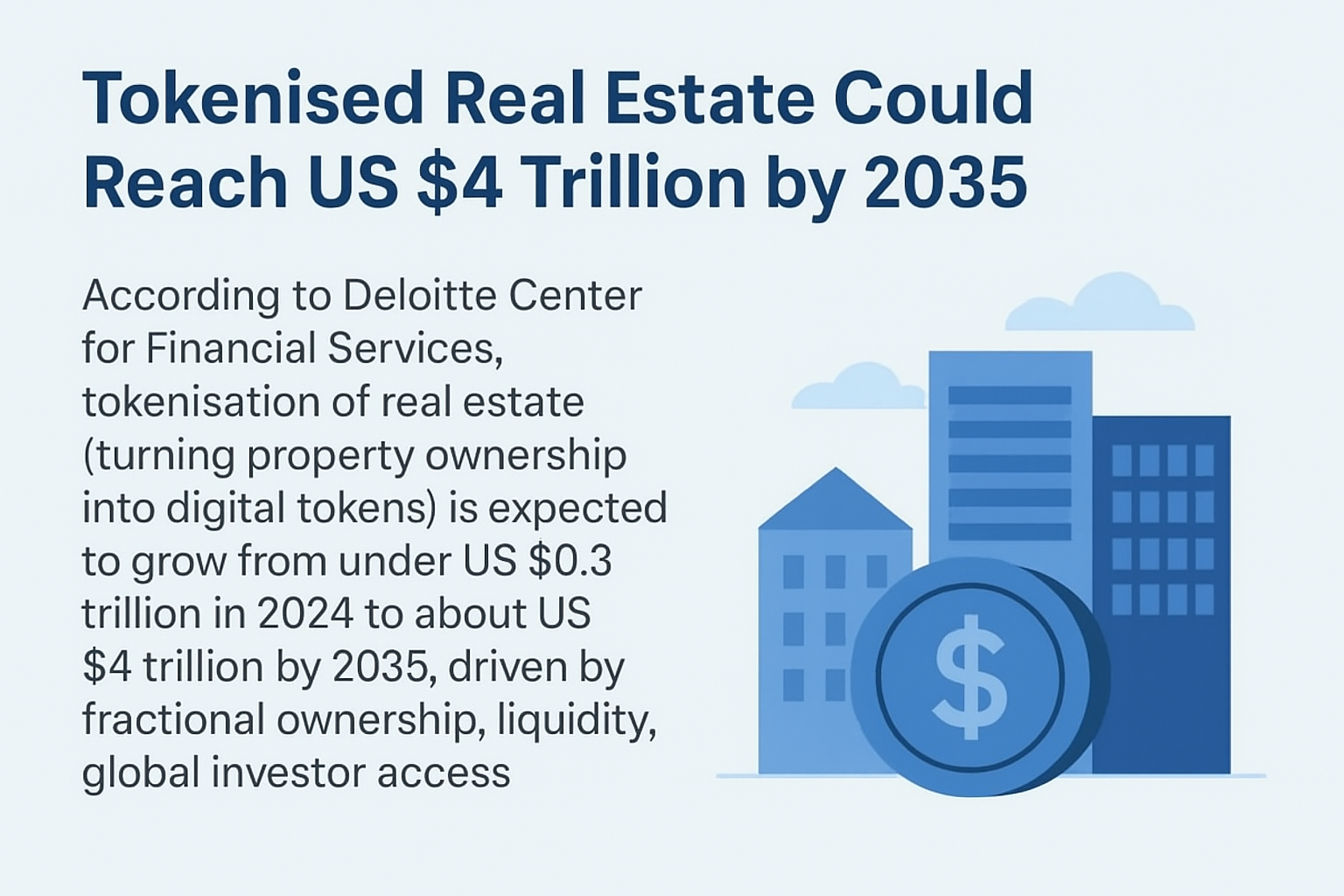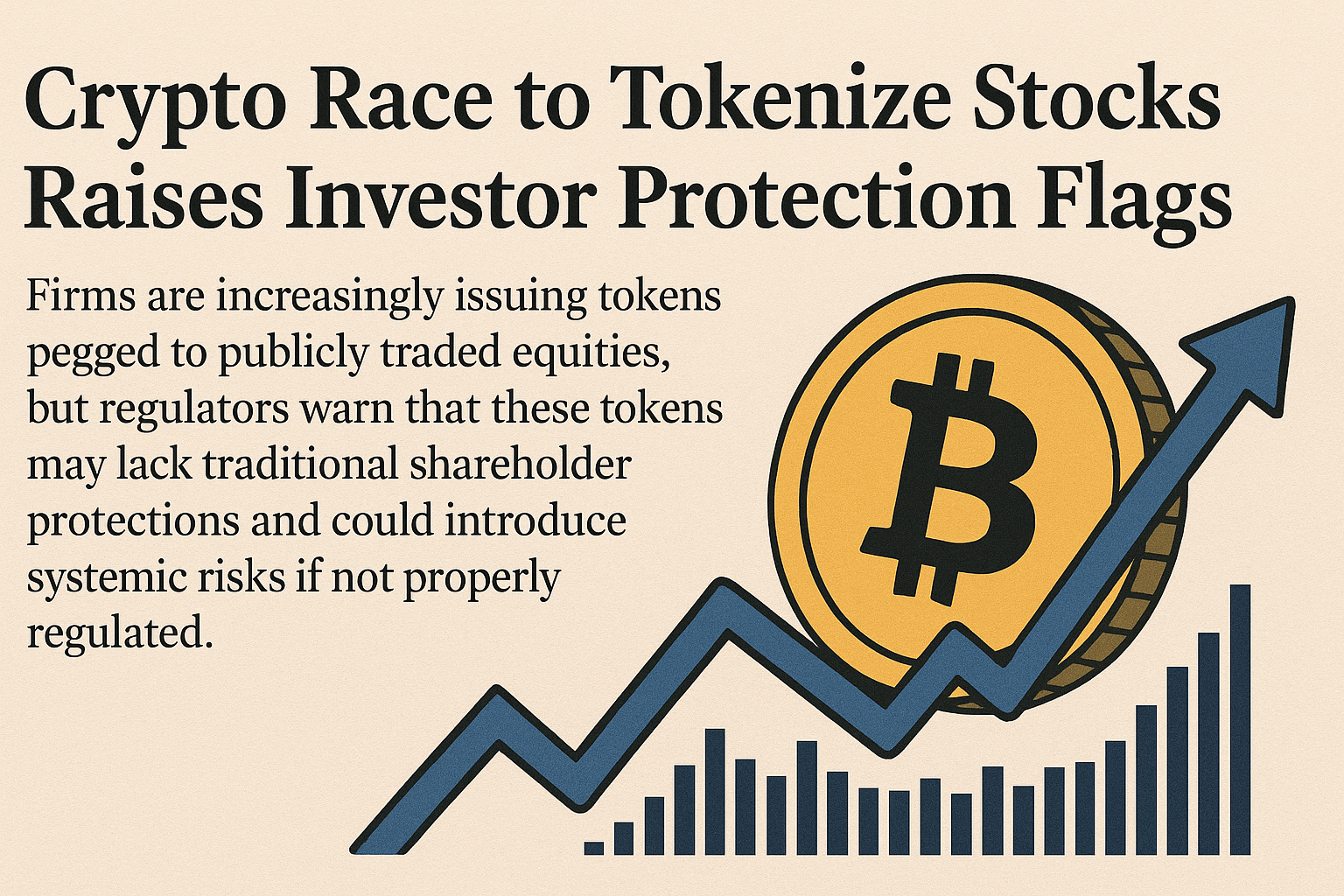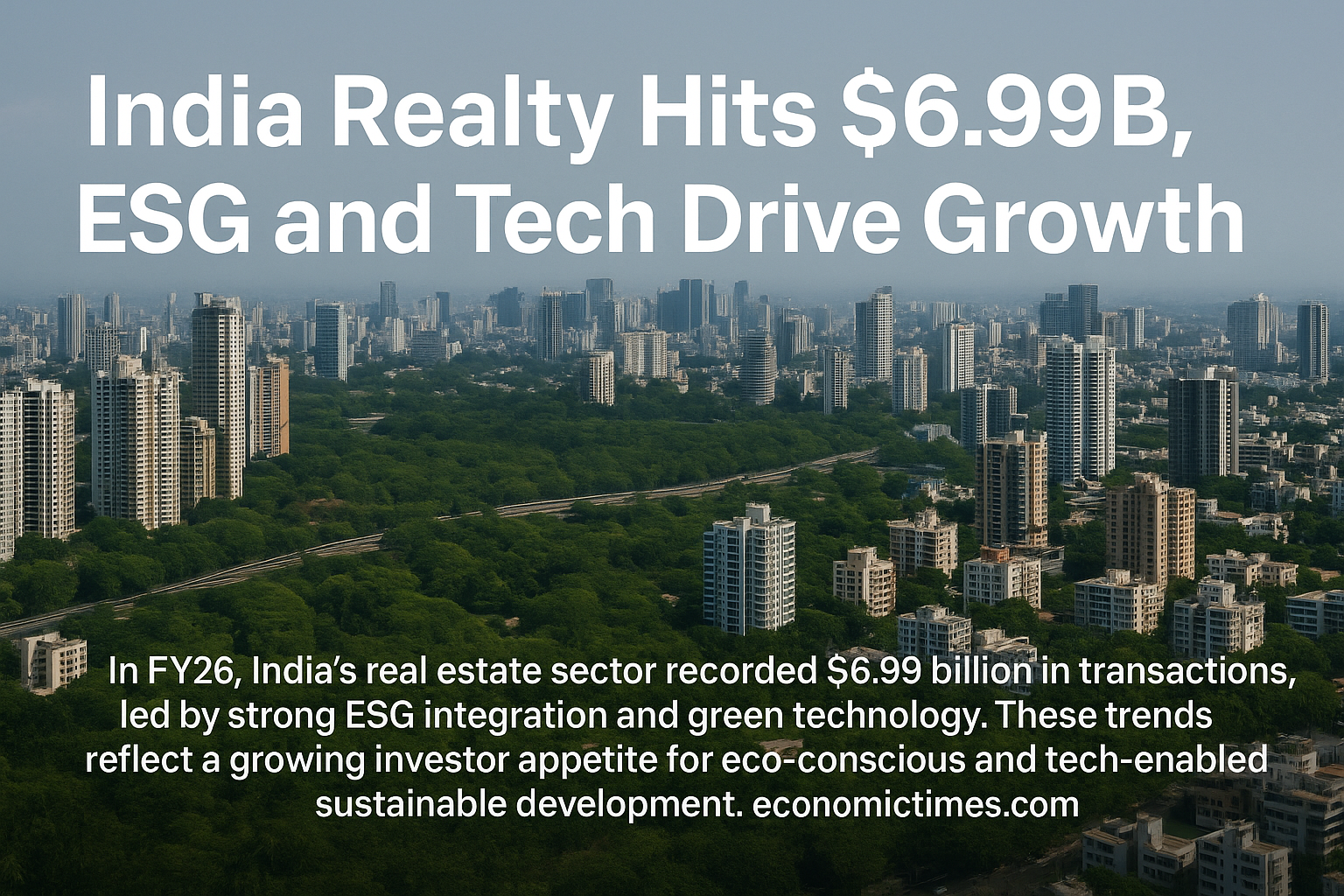The world of real estate is on the brink of a digital revolution. According to a recent report by the Deloitte Center for Financial Services, the global market for tokenised real estate — where property ownership is represented as digital tokens on a blockchain — could skyrocket from under US $0.3 trillion in 2024 to nearly US $4 trillion by 2035. This transformative growth represents not just a technological shift, but a fundamental reimagining of how humans invest, own, and trade property.
What Is Tokenised Real Estate?
Tokenisation is the process of turning a tangible asset, like real estate, into digital tokens that exist on a blockchain. Each token represents a fraction of ownership in the property, enabling multiple investors to co-own a single asset. Instead of buying a whole apartment building or commercial office, investors can buy and sell small pieces of it — much like trading stocks or cryptocurrencies.
This system leverages the security, transparency, and programmability of blockchain technology. Every transaction is recorded immutably, reducing fraud risk, while smart contracts automate ownership rights, profit distribution, and compliance requirements.
Why the Surge? Three Major Growth Drivers
1. Fractional Ownership for a New Investor Class
Historically, real estate has been a high-barrier asset class — requiring large capital, time, and legal navigation. Tokenisation lowers the entry barrier, allowing retail investors to own fractions of premium assets such as commercial towers or beachfront properties.
By enabling micro-investments, tokenised real estate democratizes wealth creation and opens the market to millions who previously couldn’t participate.
2. Liquidity in an Illiquid Market
Traditional property investment is notoriously illiquid. Selling real estate can take months, sometimes years. In contrast, tokenised assets can be traded almost instantly on secondary markets. This liquidity unlocks new possibilities for short-term investors and creates a more dynamic real estate ecosystem.
3. Global Investor Access
Tokenisation transcends borders. A user in Singapore could invest in a property in New York with just a few clicks — and vice versa. This global capital flow not only enhances diversification but also provides developers with new funding channels, reducing reliance on traditional financing.
Deloitte’s Vision: $4 Trillion by 2035
Deloitte’s forecast reflects how quickly tokenisation is being embraced by institutional investors, developers, and fintech innovators alike. The report notes that fractional ownership and global investor access are key accelerants, while advances in regulation will further legitimize and secure the market.
In Europe, firms like Deloitte Italia are already advising real estate groups on tokenisation frameworks. Meanwhile, major blockchain players such as Polygon, Avalanche, and Solana are developing real-world asset (RWA) infrastructures specifically for this purpose.
Challenges on the Road Ahead
Despite the optimism, the sector still faces hurdles. Legal frameworks for digital property ownership vary widely across jurisdictions. Questions about taxation, investor protection, and token trading regulation remain unresolved.
Moreover, while blockchain provides transparency, custody and compliance mechanisms must evolve to ensure investor confidence. The road to $4 trillion will depend on how quickly governments and industry bodies align to establish robust regulatory standards.
The Bigger Picture: Real Estate Meets DeFi
The convergence of decentralised finance (DeFi) and real-world assets (RWAs) is one of the most promising frontiers of Web3. Tokenised real estate could eventually integrate with DeFi lending, collateralization, and yield-generation platforms — creating an entirely new digital economy built on physical assets.
Imagine borrowing stablecoins using your share of a London apartment as collateral or earning yield from fractionalized rental income. This is not science fiction; it’s the future Deloitte’s projection points toward.
A $4 Trillion Digital Opportunity
By 2035, tokenised real estate may no longer be a niche experiment — it could be the foundation of the global property market. The benefits are clear: greater liquidity, broader participation, and a more efficient investment landscape.
As blockchain technology continues to mature and regulation catches up, real estate tokenisation is set to redefine how the world thinks about ownership. For investors, developers, and policymakers alike, this is a trillion-dollar transformation already taking shape.




